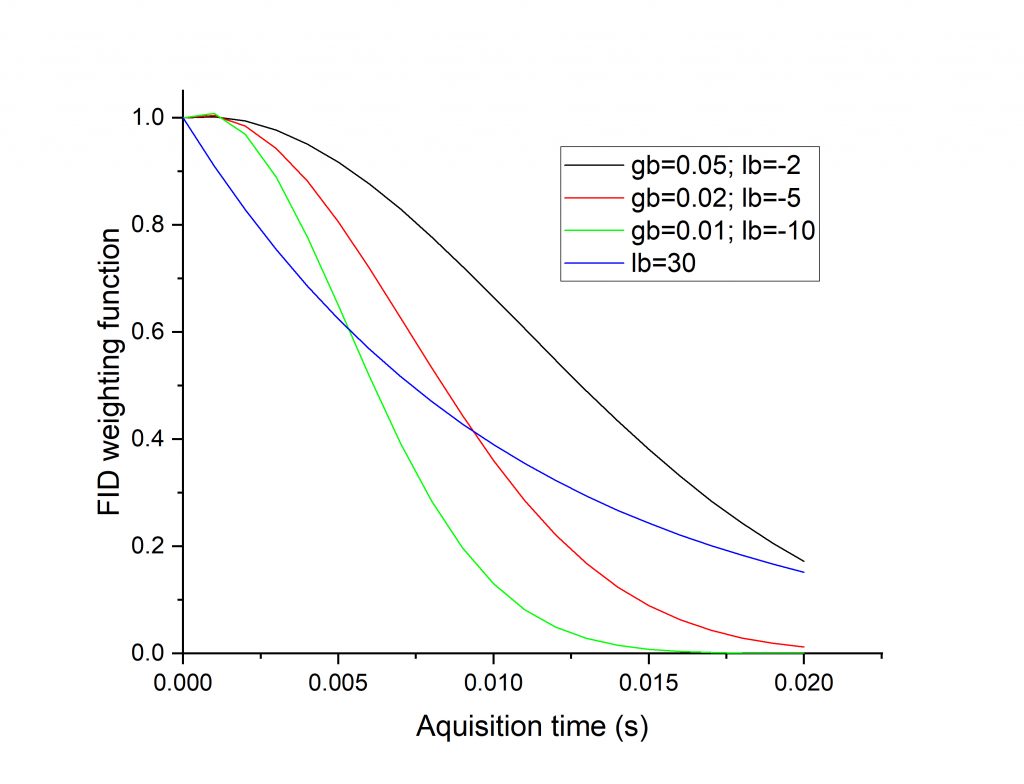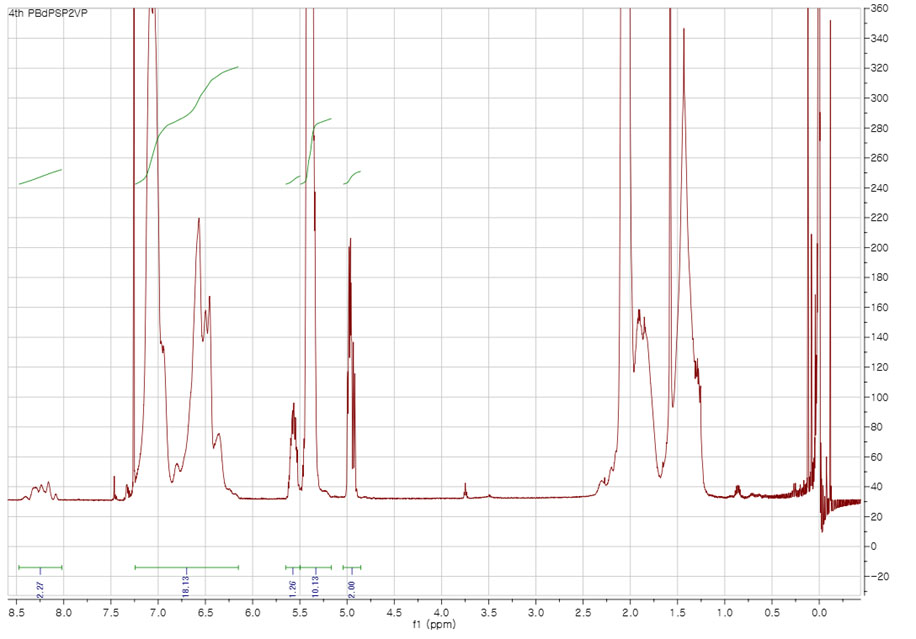You need to use a 3mm NMR tube if you want to do diffusion NMR experiments on samples with low-viscosity solvents (CDCl3, acetone-d6, etc. In fact, I recommend that you use 3mm tubes even if you use D2O as I have observed that its results were slightly more reproducible than using 5mm tubes). Several things to keep in mind when you run NMR using 3mm tubes:
- You have less solvent due to the smaller sample volume, and the locking process needs the 2H signal from your solvent to work. So when you have less solvent in the tube, the locking process might sometimes become challenging. Topshim also uses the 2H signal to work, which also becomes more challenging when you have less solvent in your sample. You might see error message like “S/N is too low” during topshim. Note that this is not because your solute concentration is too low, as topshim only works with your solvent.
- Only use the simple topshim command; don’t use topshim convcomp. The latter needs more 2H signal to work with, which is a problem for 3mm tubes. Also, there will be almost no convection in 3mm tubes, so you don’t need the convcomp (convection compensation) trick.
- The best sample height is 3mm, for which you must carefully center your sample around that thin black line when you use the depth gauge.
- If topshim still doesn’t work after you have tried all the above, you could try manual shimming by following this blog entry. Manual shimming is what every NMR users had to do several decades ago.



